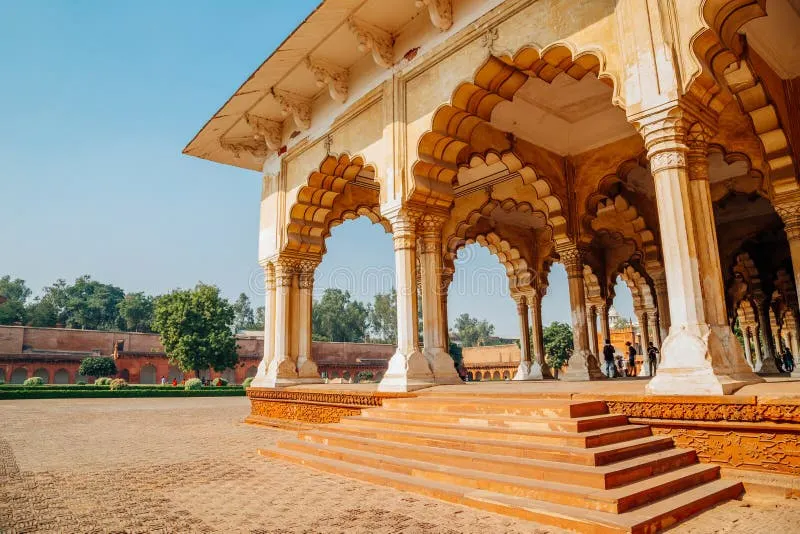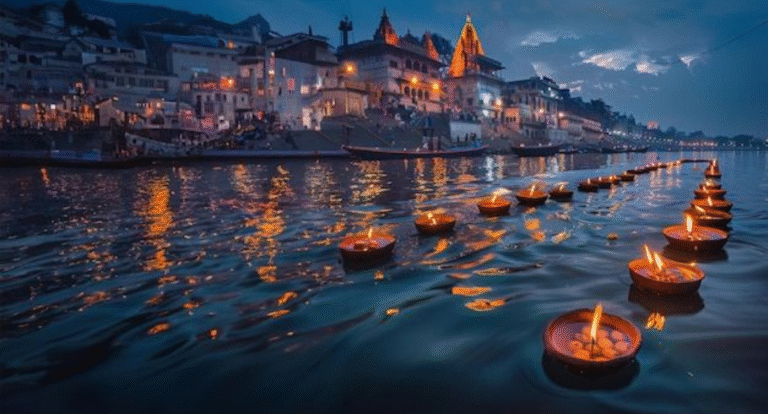History
Echoes of Eternal Love
Agra flourished under the rule of the Mughal Empire and served as its capital during the 16th and early 17th centuries. The city’s legacy is immortalized by the magnificent Taj Mahal, built by Emperor Shah Jahan in memory of his wife Mumtaz Mahal. This white marble mausoleum is not just a UNESCO World Heritage site but also a universal symbol of love and devotion. Agra was a pivotal center for culture, governance, and architectural innovation during the reigns of emperors like Akbar, Jahangir, and Shah Jahan, who left behind remarkable monuments such as Agra Fort, Itimad-ud-Daulah, and Mehtab Bagh.
The city’s heritage extends beyond monuments. It played a crucial role in the evolution of Indo-Islamic art, miniature paintings, and calligraphy. The nearby city of Fatehpur Sikri, once the Mughal capital, is a prime example of Akbar’s vision of a secular and centralized administration. Agra was not only a political powerhouse but also a thriving hub for artisans, poets, and scholars, making it the cultural heart of Mughal India. Its grandeur continues to captivate historians, artists, and millions of travelers each year.


Geography
By the Sacred Yamuna’s Edge
Nestled on the western banks of the Yamuna River, Agra lies in the Indo-Gangetic plains of Uttar Pradesh. The city’s landscape is largely flat and enriched with fertile alluvial soil, making it ideal for agriculture and Mughal-style gardens that required elaborate water systems. The Yamuna itself adds a poetic backdrop to the Taj Mahal and other river-facing structures, reflecting their splendor during sunrise and sunset. Agra experiences a subtropical climate, with hot summers, a pronounced monsoon season, and mild winters, making certain months ideal for tourism.
Its strategic geographic position along ancient trade routes between Delhi and Central India contributed significantly to its rise as a capital city. The accessibility by river and road attracted traders, architects, and diplomats from Central Asia, Persia, and beyond. Even today, Agra remains well-connected to major Indian cities via expressways and rail, retaining its role as a gateway to India’s cultural and historical richness. Its unique blend of natural terrain, historical riverfronts, and urban planning continues to reflect its glorious past.


